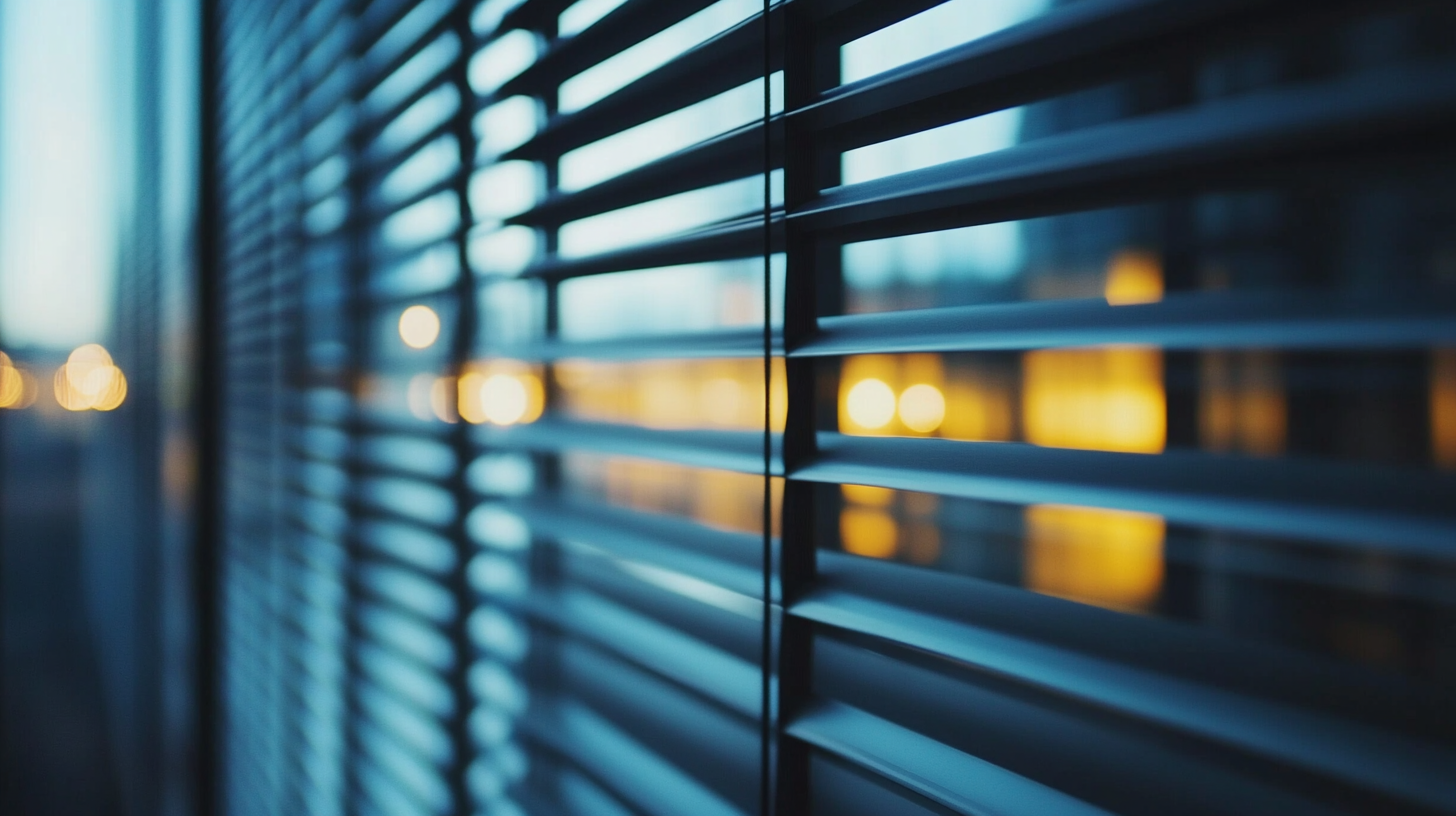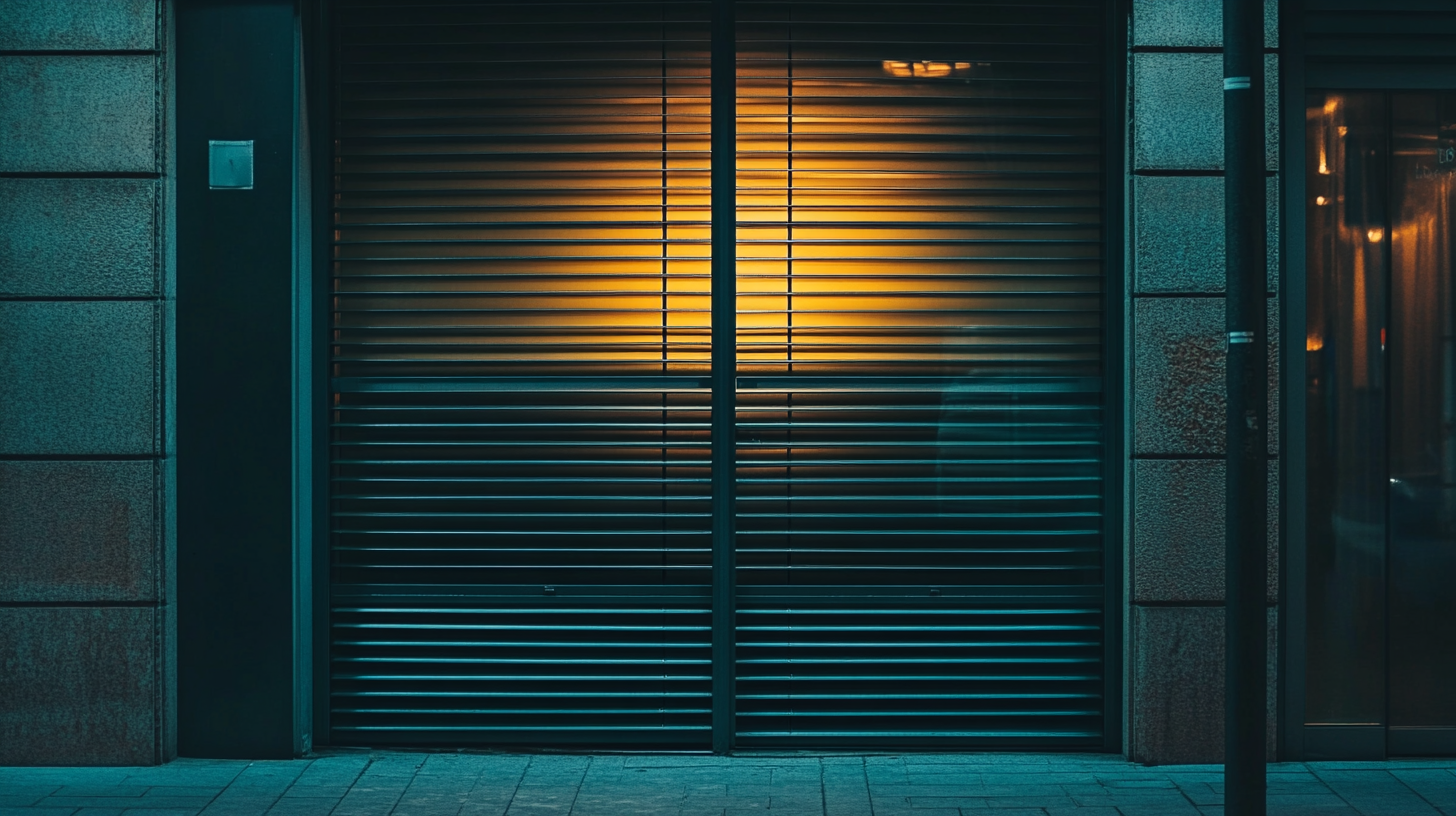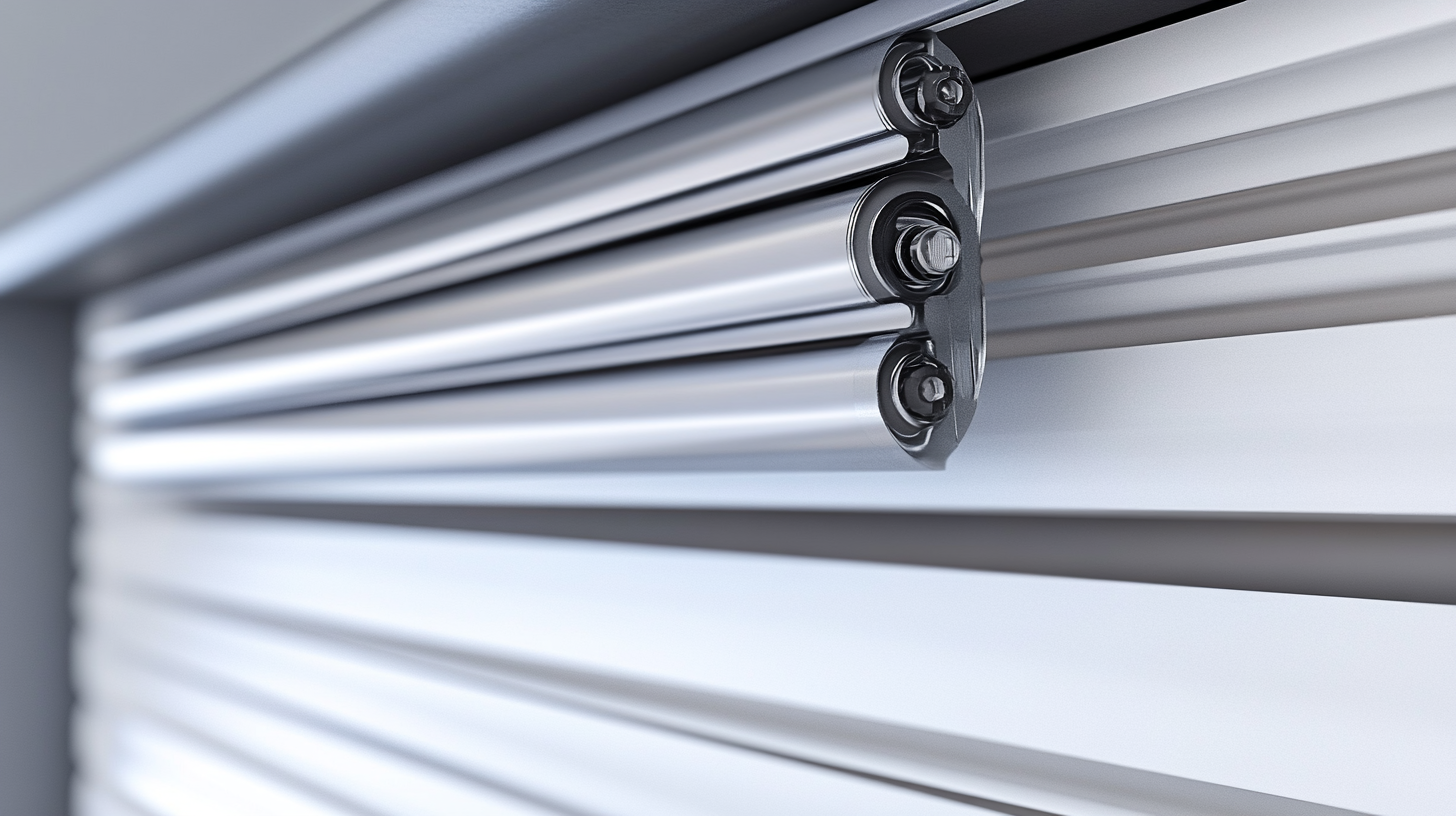- Call Us 03 8353 2113
- Mail Us sale@laxmidoor.com
Blog
How to Choose the Right Security Shutters For Your Business Needs Based on Industry Standards
In today’s rapidly changing business landscape, ensuring the safety and security of commercial properties is paramount. According to a report by the FBI, a burglary occurs every 23 seconds in the United States, and businesses are increasingly becoming targets for crime. Investing in robust security measures is no longer optional but necessary for protecting both physical assets and sensitive information. One effective solution that many businesses are now considering is the installation of security shutters for business, which provide a formidable barrier against theft, vandalism, and unauthorized access.
Choosing the right security shutters requires a nuanced understanding of industry standards and specific business needs. A study from the National Institute of Standards and Technology (NIST) highlights the importance of tailored security measures that not only deter criminal activity but also comply with local regulations and safety protocols. With various types of security shutters available, businesses must assess factors such as material strength, design aesthetics, and operational functionality. This blog will guide you through the essential considerations for selecting the most suitable security shutters for your business, ensuring that your investment enhances security while aligning with your operational goals.

Understanding the Different Types of Security Shutters Available for Businesses
When it comes to selecting security shutters for your business, understanding the various options available is crucial. Security shutters are designed not only to protect your premises from theft and vandalism but also to serve unique needs based on industry standards. Key types include roller shutters, which offer a blend of versatility and high security, and accordion shutters, appreciated for their ease of use and space-saving design. Each type has distinct advantages tailored to specific business settings, whether it be retail, warehouses, or restaurants.
Commercial roller shutter doors, for instance, see a steady demand in various industries due to their robustness and ability to withstand heavy impact. Businesses in urban areas, particularly those facing high crime rates, often benefit from heavy security solutions that employ advanced materials like hurricane glass or armored designs. Meanwhile, the rise in crime rates has led many establishments to consider installations carefully, weighing the benefits against local regulations and potential community backlash, as shown in cases of council refusals for security shutters in listed properties.
It’s also essential to consider the aesthetic implications of security upgrades. As some local councils are becoming more stringent on appearance and public safety, this places additional pressure on business owners to find a balance between security needs and compliance with local regulations. Understanding these nuances can greatly inform a business's decision-making process when choosing the right security shutter solutions to protect their assets effectively while maintaining a positive community image.

Evaluating Industry Standards for Security Shutter Compliance
When it comes to safeguarding your business, selecting the right security shutters is crucial in ensuring compliance with industry standards. Each sector—be it retail, healthcare, or industrial—has specific regulations that dictate the types of security measures necessary to protect assets and personnel. Understanding these standards not only helps in choosing effective shutters but also aids in aligning with safety regulations that could impact your operations.
To evaluate industry standards for security shutter compliance, start by conducting thorough research on the requirements specific to your field. For example, retail businesses often focus on aesthetics while ensuring that their shutters provide sufficient deterrence against theft. Conversely, industries like pharmaceuticals may require shutters that comply with stricter safety protocols, ensuring that hazardous materials remain secure. Consulting with industry experts and examining guideline publications can provide insights into the expected compliance standards relevant to your business.
Furthermore, keep abreast of any changes in regulations that may affect your security solutions. Industry standards can evolve, and staying informed ensures that your security shutters meet both current and future compliance requirements. Partnering with reputable manufacturers who understand these standards can further enhance your security strategy, ensuring that the shutters you choose not only serve their protective purpose but also uphold the highest standards in safety and compliance.
Assessing Your Business Needs: Customization vs. Standard Options
Assessing your business needs is crucial when selecting security shutters, especially when considering the balance between customization and standard options. According to a report by the Security Industry Association, 73% of businesses favor customized security solutions that cater specifically to their operational vulnerabilities. This preference highlights the importance of tailoring security measures to address unique risks, especially in industries such as retail and manufacturing, where the nature of goods and operational hours can greatly influence security requirements.
Standard options certainly offer cost-saving benefits and quicker installation times. For instance, the National Association of Security Professionals reports that standard security shutters reduce lead times by nearly 30%, making them appealing during urgent security upgrades. However, while standardized solutions provide adequate protection, they may lack the flexibility that many businesses need for comprehensive security. Customization can involve enhanced locking mechanisms, specific material selections for fire resistance, and unique designs that align with branding, all of which contribute to a more robust security posture.
Ultimately, assessing your specific business needs will guide the decision-making process. Conducting a thorough risk assessment, which 65% of businesses in the retail sector have adopted, can inform whether a generic or tailored solution will best serve your protection goals. As security threats continue to evolve, investing in customized solutions is often worth the effort for industries with higher risk profiles.
Installation Considerations: Professional vs. DIY Approaches
When it comes to installing security shutters for your business, one critical aspect that often gets overlooked is the method of installation itself. Business owners face a choice between hiring professionals or opting for a DIY approach. A report from the International Security Industry Association (ISIA) reveals that approximately 60% of businesses that choose professional installation benefit from enhanced security and long-term durability of their shutter systems. Professionals are trained to understand the specific needs of various industries, ensuring that the shutters installed meet the highest industry standards.
On the other hand, DIY installation may appear cost-effective; however, a study by the National Institute of Standards and Technology (NIST) states that improper installation can lead to a 30% increase in vulnerability to break-ins. While some skilled individuals may be able to handle the installation, many underestimate the complexities involved, including the need for precise measurements, understanding of local building codes, and ensuring compliance with safety regulations. In essence, while DIY can save money upfront, the potential costs related to security breaches could far outweigh the initial savings.
Furthermore, professional installers often offer warranties and follow-up services, ensuring peace of mind for business owners. Recent data shows that 75% of businesses that invested in professional installation also reported a significant decrease in theft-related incidents within the first year. This highlights the critical role that expert installation plays not just in the effectiveness of the security system, but also in the overall safety and operational integrity of the business.
Security Shutters Installation Preferences by Industry
This chart illustrates the preferences of different industries regarding professional vs. DIY installation of security shutters based on their specific business needs.
Maintenance Tips to Ensure Longevity and Effectiveness of Security Shutters
When it comes to installing security shutters for your business, maintenance plays a crucial role in ensuring their longevity and effectiveness. According to a report by the Security Industry Association (SIA), regular maintenance can extend the lifespan of security shutters by up to 25%. This underscores the importance of implementing a systematic maintenance regime to not only protect your investment but also to enhance security measures against potential threats.
Routine inspections are critical. Industry standards recommend checking the operation of the shutters at least once every six months. During these inspections, look for signs of wear and tear, such as frayed cables or damaged slats. The American National Standards Institute (ANSI) emphasizes that proper adjustments and repairs performed quickly can prevent more costly issues down the line. Neglecting these small details could lead to malfunctions during high-pressure situations, rendering your security measures ineffective.
Additionally, cleaning is a vital maintenance practice. Dust and grime accumulation can hinder the operation of the shutters, potentially causing them to jam. The National Fire Protection Association (NFPA) suggests using non-corrosive cleaning solutions specifically designed for metal surfaces to maintain the integrity of your security shutters. By investing time in regular cleaning and careful upkeep, businesses can ensure that their security shutters remain reliable and functional, ultimately contributing to a safer business environment.

